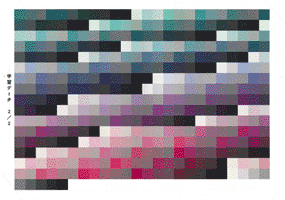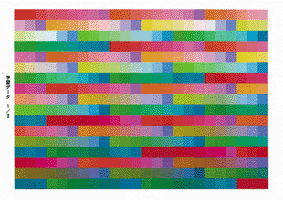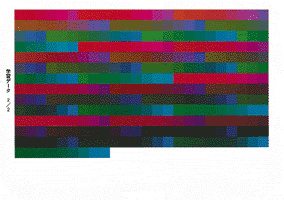
− Keihiro Ochiai, Takashi Satou, Yukinobu Taniguchi, Kenichi Minami, Takashi Shiozaki, Haruhiko Kojima, Noboru Sonehara −
In recent years, digital cameras and full color printers are widely spread to many fields. However, the printed and captured images with these devices do not represent the accurate color of the objects, and the magnitude of color difference to their original color depends on each device. In order to overcome this problem, the color reproduction technique is required to correct the color difference according to the characteristic of each device (Fig.1).
Fig.1 Color difference accrued in digital museumEspecially, this technique is demanded in the electronic museum, the telemedical care through the Internet to realize the representation of the accurate color of the objects and the correct diagnosis. Therefore, the color reproduction technique with the artificial intelligence is developed by NTT and it is implemented to such applications. Using this technique, the characteristic of the color difference, which is different for each device, is acquired by learning automatically and it is possible to reproduce the accurate color of the objects based on each device. In case of the color reproduction of the digital camera, the color chip made from the true value of color are taken by the camera. Next, the device dependent color is measured from that image and the artificial intelligence learns the mapping function in order to correct from the device dependent color to the original color (Fig.2).
Fig.2 Color reproduction of digital camera with an artificial intelligenceAfter the learning process, it can reproduce the image with the original color from that with the device dependent color. Although the number of learning sample of color is used only from one to two hundred, it can correct many thousands of color after the learning. Likewise, this technique can be applied to the color reproduction of the monitor, and the color difference of the input and output devices is removed and we can communicate to the remote user with the accurate color of the objects (Fig.3).
Fig.3 Color Reproduction in the digital museum
|
|
 |
 |
|
|
 |
 |
 |